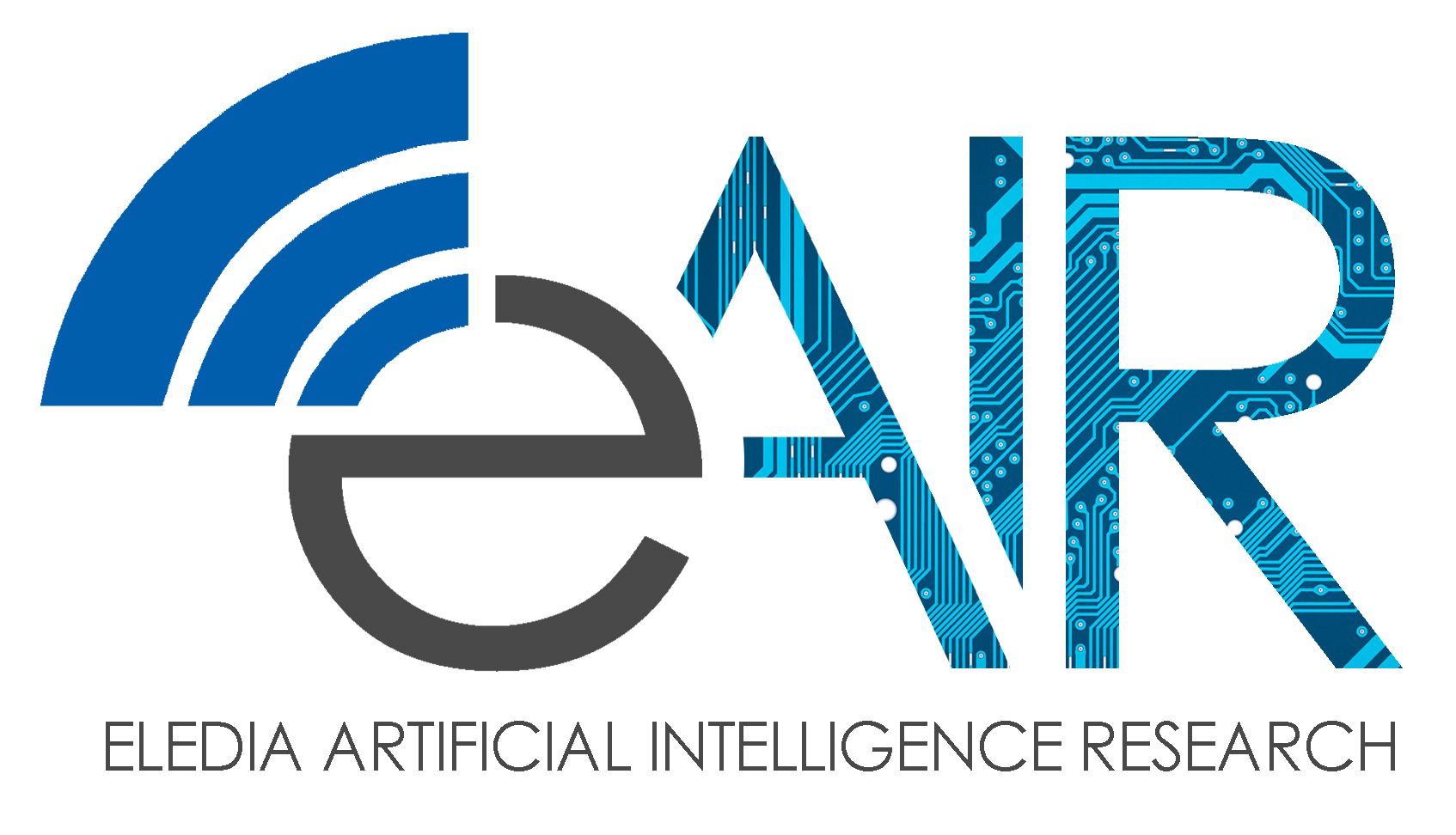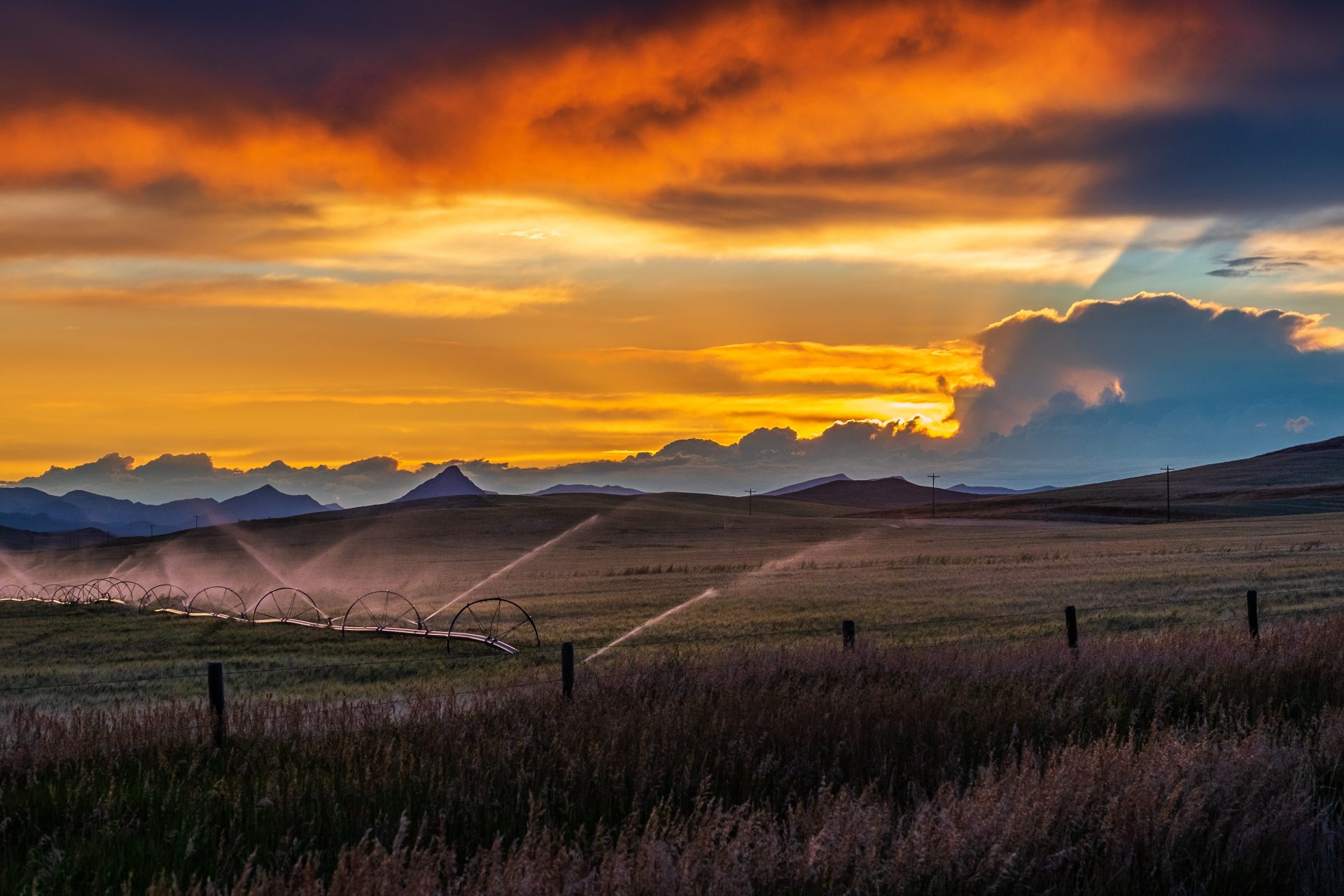In the 2017 Report “Water for Sustainable Food and Agriculture“, the UN Food and Agriculture Organization (FAO) has remarked that, on average, agriculture accounts for 70% of global freshwater withdrawals. Only 0.003% of the World water are “fresh water resources”, and an even smaller fraction is actually accessible and can be used for drinking, hygiene, agriculture and industry.
Water is essential for every form of life, for all aspects of socio-economic development, and for the maintenance of healthy ecosystems
UN Food and Agriculture Organization, 2017
As the food requirements of the growing global population increase, with an estimate of 60% more food needed by 2050 worldwide, farmers are struggling to improve irrigation practices and increment yields.
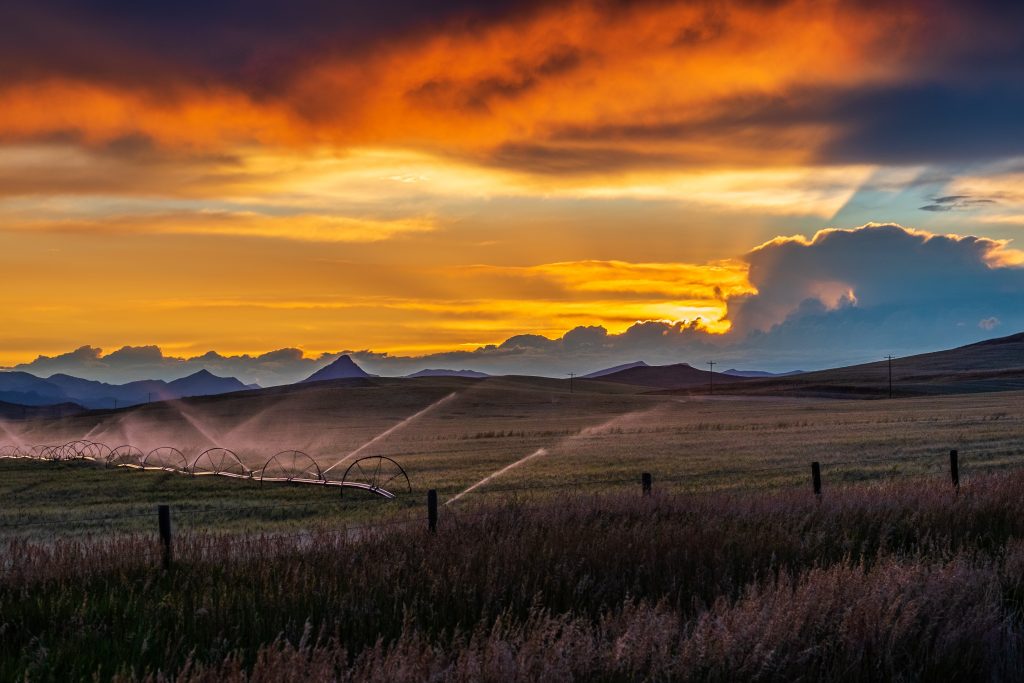
AI-enabled smart and precision farming can help at several different levels, and many of the emerging problems in prevision farming and smart irrigation have been addressed in the last 15 years through advanced Artificial Intelligence methodologies at the ELEDIA Research Center.
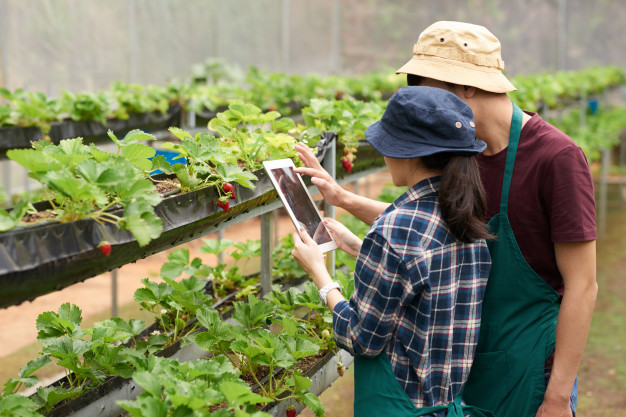
Members of the ELEDIA team are continuously working on upgrades to the E-AIR Precision Farming system called SEASON, which was initially launched in 2010. SEASON is already in use in several different demonstrators currently active in Europe, Africa, and China. The existing version has been trained via machine learning to understand the health status of cultivations, and to identify possible critical conditions and/or suggest actions and countermeasures to the farmer regarding the irrigation needs and decisions. Moreover, SEASON can be customized to learn best practices to be recommended via decision support methodologies to farmers. To do so, it combines and analyzes data from several different sources, including environmental sensors (distributed temperatures, humidity, light conditions), plant health status sensors (such as the plant vital parameter, its historical growth evolution), weather forecast information, and contextual data (i.e., expected crop period, potential seasonal infections caused by parasites) to provide real-time health scores for cultivations also exploiting Data Mining strategies.
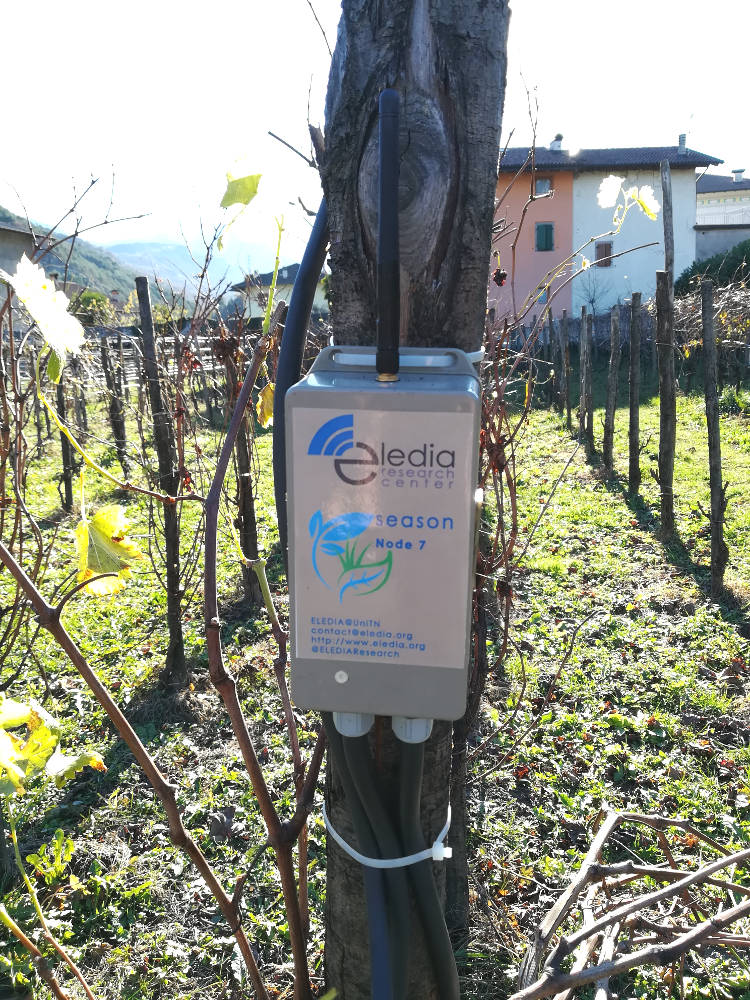
The upgraded version of SEASON will still be able to provide those outcomes, but it will also enable to determine more locally the possible need for specific treatments to guarantee the safety and security of the entire cultivation as well as to minimize its impact on the environment. The project has been underway since some years, but the team has accelerated the work in the past months following the increasing extreme weather conditions and desertification experienced also in regions (such as central and south Europe) normally considered temperate.
But that’s not the end of the story. AI-enabled active precision farming systems have been in operation within the E-AIR framework since the introduction of WATERS in 2012. The most recent instance of WATER is running in a set of Trentino sites dedicated to wine grape cultivation. As it is well known, viticulture is a key socio-economic sector in Europe, and the strong sensitivity of grapevines to atmospheric factors make climate change an important challenge for this sector [Fraga, 2016].
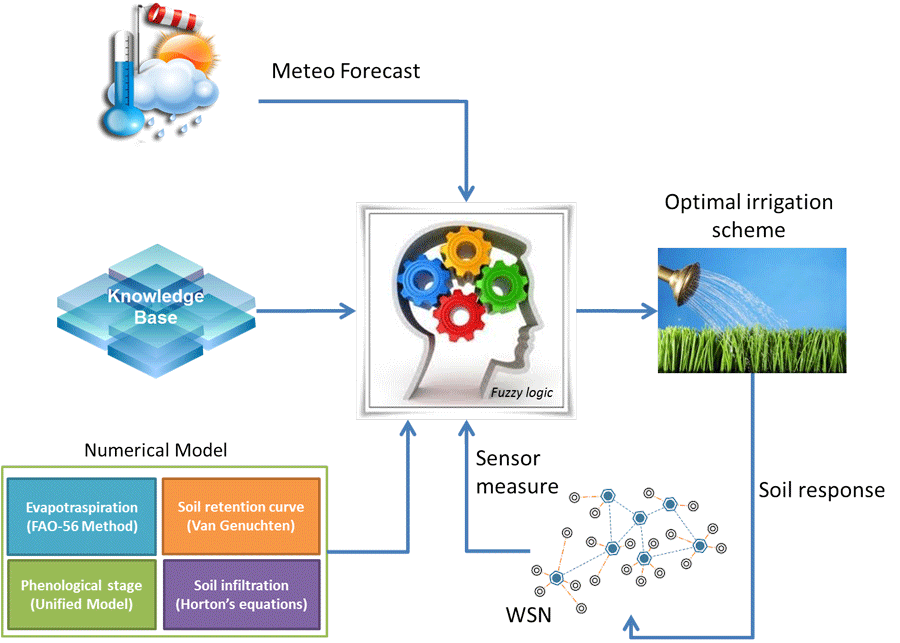
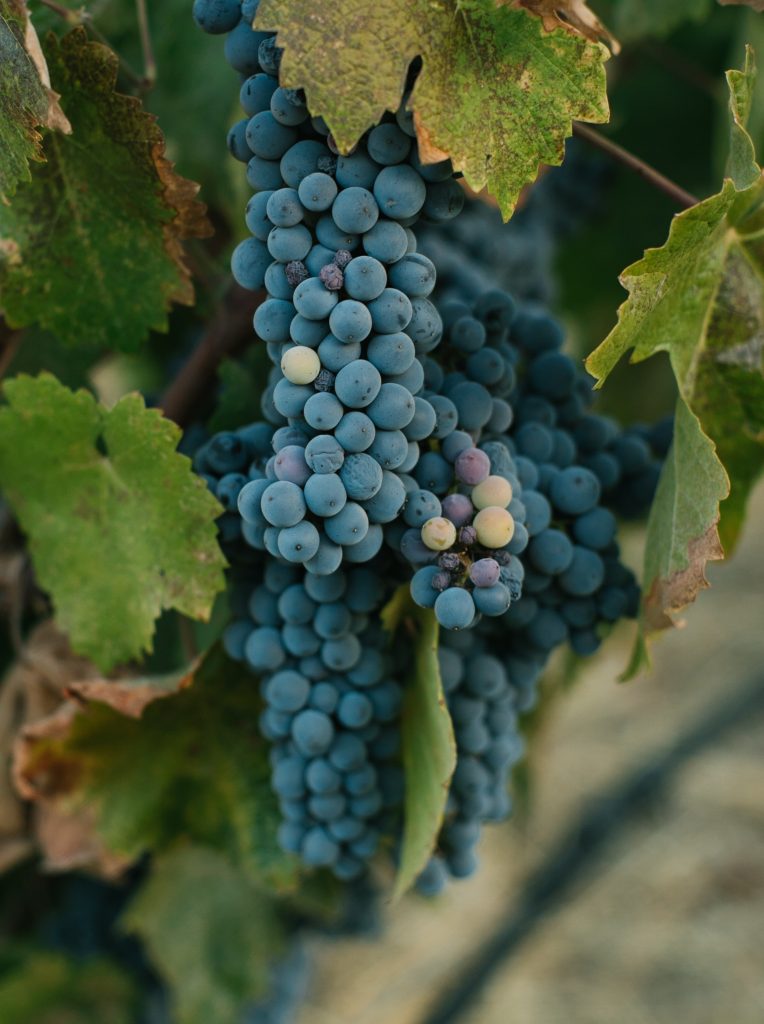
WATERS tackles this challenge through an innovative versatile approach. By self-learning the correlation between the grape status (monitored through inexpensive and resilient monitoring technologies), the current and forecasted weather conditions, and the response of different soils and grape typologies to the irrigation conditions, and by exploiting fuzzy-logic decision schemes, WATERS understands the optimal irrigation approach and it can be deployed as fully-automated water sentient policy manager. Moreover, it enables remote control and supervision by farmers, which can correct the defined actions thus enabling WATERS to “learn from its mistakes” and thus improve its future decisions through reinforcement learning.
FAO has recently pointed out that “While there are sufficient freshwater resources at the global level to enable continued agricultural and industrial development, the long-term sustainable use of water resources is of growing concern.” Improving agricultural productivity while conserving and enhancing natural resources is an essential requirement to increase global food supplies on a sustainable basis, and AI-based systems may play a major role in shifting the perspective from water scarcity to water efficiency.
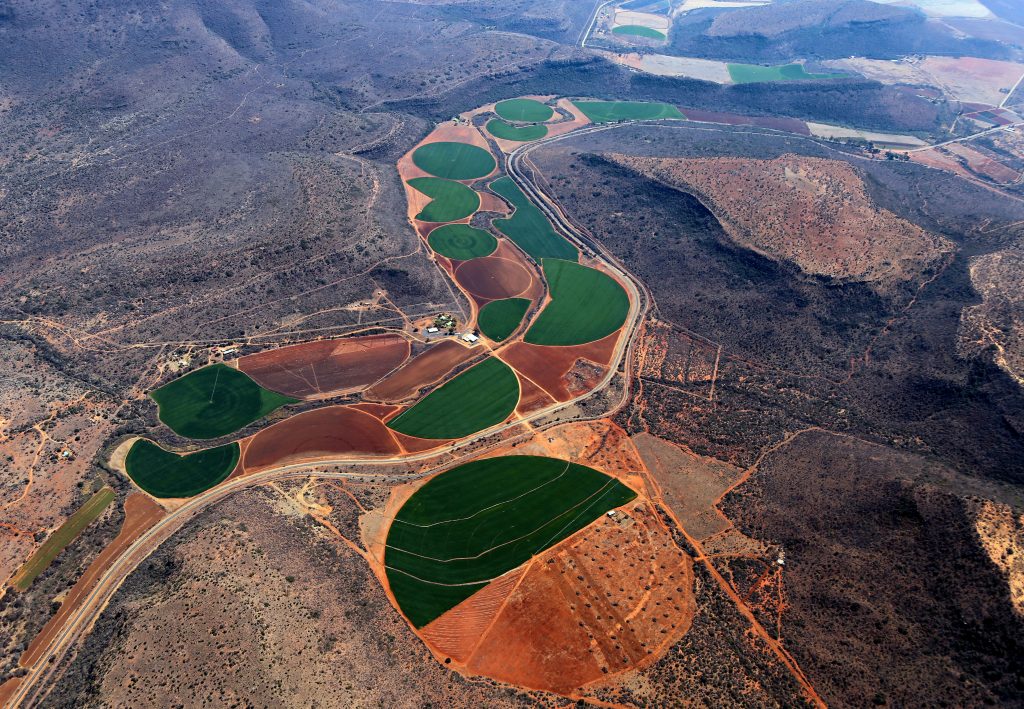
Read more
- The “SEASON Project”, ELEDIA Research Center. Project Webpage.
- F. Viani, M. Bertolli, M. Salucci and A. Polo, “Low-Cost Wireless Monitoring and Decision Support for Water Saving in Agriculture,” IEEE Sensors Journal, vol. 17, no. 13, pp. 4299-4309, July, 2017. doi: 10.1109/JSEN.2017.2705043.
- F. Viani, “Experimental validation of a wireless system for the irrigation management in smart farming applications,” Microwave and Optical Technology Letters, vol. 58, no. 9, pp. 2186-2189, September 2016. doi: 10.1002/mop.30000
- L. G. Paucar, A. R. Diaz, F. Viani, F. Robol, A. Polo and A. Massa, “Decision support for smart irrigation by means of wireless distributed sensors,” 2015 IEEE 15th Mediterranean Microwave Symposium (MMS), Lecce, 2015, pp. 1-4. doi: 10.1109/MMS.2015.7375469
- F. Viani, F. Robol, A. Polo, P. Rocca, G. Oliveri and A. Massa, “Wireless Architectures for Heterogeneous Sensing in Smart Home Applications: Concepts and Real Implementation,” in Proceedings of the IEEE, vol. 101, no. 11, pp. 2381-2396, Nov. 2013. doi: 10.1109/JPROC.2013.2266858
- B. Majone, F. Viani, E. Filippi, A. Bellin, A. Massa, G. Toller, F. Robol, and M. Salucci, “Wireless sensor network deployment for monitoring soil moisture dynamics at the field scale,” Procedia Environmental Sciences, vol. 19, pp. 426-235, 2013. doi: 10.1016/j.proenv.2013.06.049
- F. Viani, P. Rocca, G. Oliveri and A. Massa, “Pervasive remote sensing through WSNs,” 2012 6th European Conference on Antennas and Propagation (EUCAP), Prague, 2012, pp. 49-50. doi: 10.1109/EuCAP.2012.6206049.
- FP7 Project CLIMB “Climate Induced Changes on the Hydrology of Mediterranean Basins: Reducing Uncertainty and Quantifying Risk through an Integrated Monitoring and Modeling System”, (2010-2014) Project Webpage
